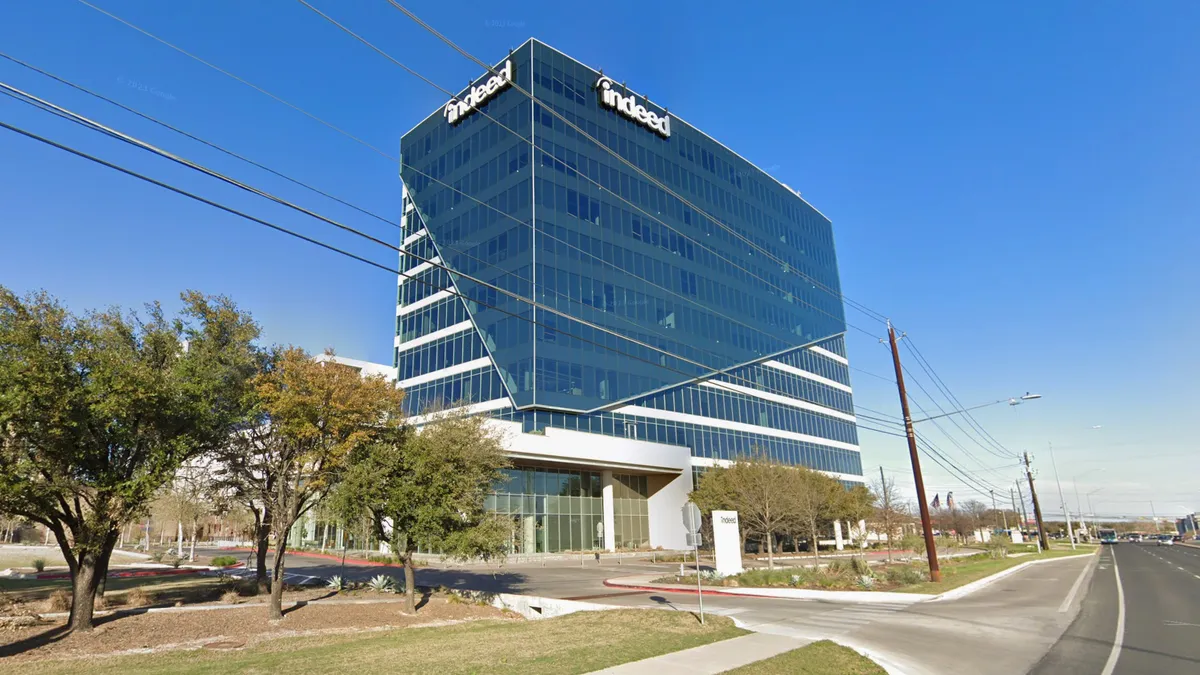Dive Brief:
- Only 29% of people are thriving at work, Indeed found in a survey of 4,002 U.S. workers conducted in partnership with Forrester Consulting in February and March 2023. Worker well-being is driven by feelings of energy, belonging and trust, Indeed found — and is highest among older workers, men and those with a higher education level and income.
- Worker well-being is mutually beneficial, with companies that have high levels of employee well-being demonstrating higher levels of retention and better stock market performance, Indeed noted. Happy workers are also nearly twice as likely to prioritize work effectively, solve problems creatively and put a lot of time and energy into tasks, Indeed found.
- The overwhelming majority of respondents were optimistic about the potential to thrive at work, with 97% saying they believe it’s possible to be happy at work most of the time and 98% saying it’s possible to feel a clear sense of purpose at work. But nearly half of workers reported their well-being expectations had risen from just one year before, including 59% of Generation Z members and 54% of millennials.
Dive Insight:
Every aspect of HR contributes to worker well-being, from compensation and benefits to effective D&I. Indeed looked at four key well-being factors: happiness, purpose, stress and satisfaction. These factors were influenced by a company’s ability to meet foundational needs (like fair pay and good benefits), social needs (like inclusion and support) and growth needs (like learning and accomplishment).
Companies can put emphasis on certain programs over others to improve worker well-being. Respondents to Indeed’s survey reported unlimited paid time off, the ability to work from home and no email after hours as the top desired benefits that are not widely offered, for example, while noting mental health apps, soft skills training and company awards are more frequently offered but less important.
Many aspects of well-being go hand-in-hand. A recent EY survey found that flexible work played a significant role in employees’ sense of belonging, for example. And in a recent Jobs for the Future report, workers with “high-quality jobs,” as determined by a mix of tangible and intangible factors, were more likely to have the training and resources needed to advance.
Indeed’s findings also reinforce that flexibility remains a serious draw, with workers demonstrating a strong preference for arrangements like hybrid and remote work, unlimited PTO and floating holidays. While some company leaders have expressed frustration with the lingering preference for flexible work, they may be too quick to assume its negative impact on productivity and company culture. Pinterest’s Chief People Officer Christine Deputy recently told HR Dive the company’s shift to fully flexible work has resulted in “really effective collaboration,” for example. And more than one-third of respondents to an Eagle Hill survey in May said a mandated return to the office would result in lower — not higher — productivity.














